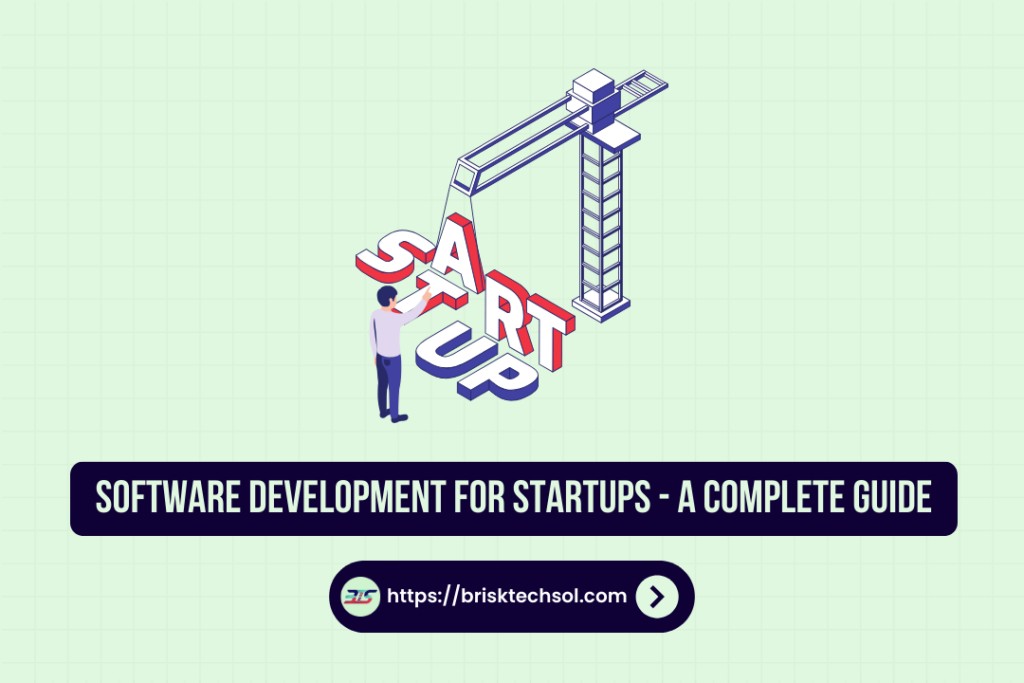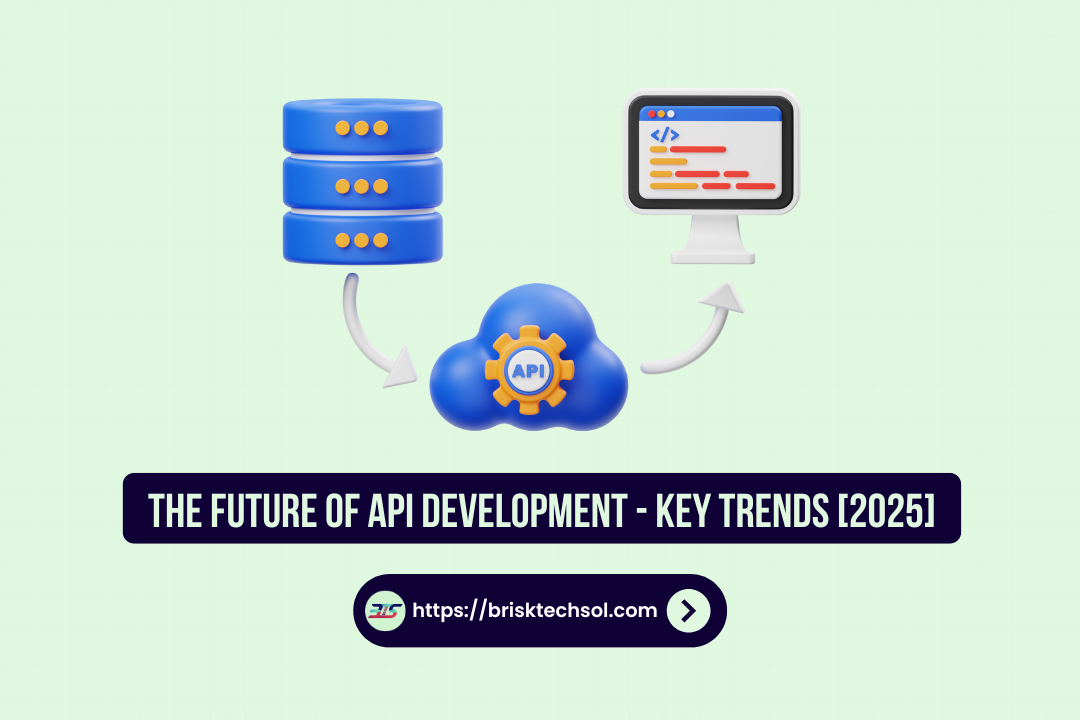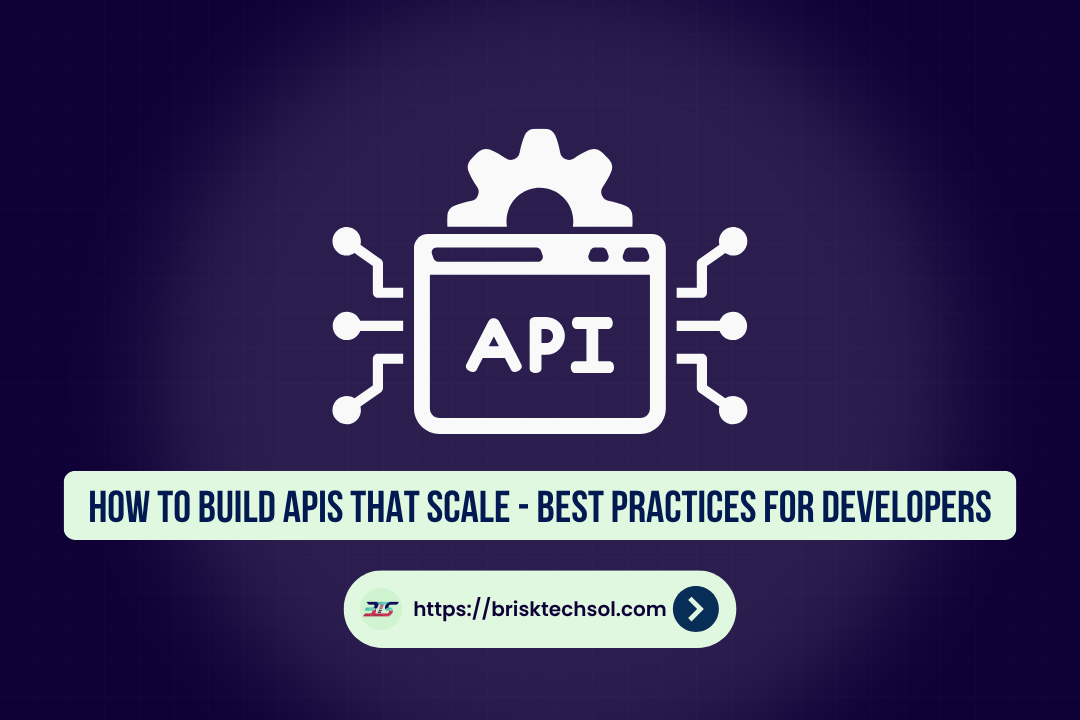In today’s world, effective software development drives innovation, scalability, and competitive edge. Startups rely on agile methodologies and lean practices to build robust products rapidly. This article delves into software development strategies for startups, offering insights, best practices, real-world examples, and future trends, ensuring entrepreneurs harness technology for sustainable success.
Software Development in Startup Culture
Software development in startups is uniquely characterized by a need for rapid innovation, agile responsiveness, and lean operations. Unlike traditional enterprise environments that often follow rigid, waterfall models, startups thrive on flexibility. The startup culture demands a dynamic approach where speed and adaptability are paramount. Startups often have limited resources, so they must prioritize functionality and scalability from the beginning.
A core element in this process is the adoption of agile methodologies. Agile development enables teams to iterate quickly, respond to customer feedback, and adjust priorities on the fly. This flexibility is essential in an unpredictable market, where even a slight misstep can be costly. Lean startup principles further emphasize rapid prototyping and MVP (Minimum Viable Product) creation to validate ideas before committing substantial resources. This approach minimizes risk and ensures that only validated features receive full-scale development.
In addition to agility, startup software development is defined by its collaborative spirit. Cross-functional teams work in unison, often merging roles to maximize productivity. Communication is key, and regular sprint meetings or daily stand-ups help keep everyone aligned with evolving project goals. The emphasis on teamwork fosters an environment where innovative ideas can be quickly tested and refined.
Consider the following quick table outlining key differences between startup and enterprise software development:
| Speed | Rapid prototyping and iterations | Longer, structured cycles |
| Budget | Limited, highly optimized for cost | Larger budgets with extensive resources |
| Risk | High risk tolerance with agile pivots | Lower risk, structured risk management |
| Innovation | Experimentation encouraged | Process-driven innovation |
This table illustrates that while enterprises rely on stability and risk aversion, startups must be nimble and experimental. The necessity to adapt and innovate quickly drives startups to embrace modern development practices that promote speed without sacrificing quality. As a result, many startups have become pioneers in introducing cutting-edge technologies and methodologies that later influence larger organizations.
Ultimately, understanding the unique culture of startup software development is crucial for entrepreneurs. It forms the foundation for selecting appropriate tools, methodologies, and team structures that can help a startup scale efficiently. By balancing speed, innovation, and practical resource management, startups can build competitive products that resonate in today’s fast-paced digital marketplace.
Key Benefits and Importance of Software Development for Startups
Effective software development is a cornerstone of startup success. It not only drives product innovation but also provides a competitive edge in a crowded marketplace. For startups, speed to market is critical. By using agile and lean methodologies, startups can release a Minimum Viable Product (MVP) quickly, gather user feedback, and iterate based on real-time data. This iterative process helps to refine the product continuously, ensuring that it meets customer needs and stays ahead of competitors.
One significant benefit is the cost efficiency that comes with a streamlined development process. Startups often operate under tight budgets, and minimizing waste through rapid prototyping and early user testing prevents overspending on unnecessary features. Research indicates that startups employing agile practices can reduce development costs by as much as 30% compared to traditional methods.
Scalability is another key advantage. Modern software architectures allow startups to design systems that scale seamlessly as user demand grows. Cloud-based solutions and microservices architectures ensure that applications remain robust under increased load, paving the way for sustainable growth. Additionally, a strong focus on user experience (UX) ensures that products are not only functional but also intuitive and engaging, which is essential for customer retention in competitive markets.
Moreover, embracing continuous integration and deployment (CI/CD) practices minimizes downtime and improves overall product quality. Automated testing and frequent code deployments ensure that new features can be added without disrupting existing functionality. This constant evolution of the product, backed by data-driven decisions, helps startups remain agile and responsive to market trends.
Below is a simplified benefits table that highlights the impact of effective software development in startups:
| Benefit | Impact | Example Metric |
|---|---|---|
| Speed-to-Market | Faster product launches | 30% reduction in time-to-launch |
| Cost Efficiency | Reduced development costs | Up to 30% cost savings |
| Scalability | Easily handle growth spikes | 99.9% uptime in cloud systems |
| User Experience (UX) | Increased customer satisfaction | 20% higher retention rates |
This table reinforces that efficient software development is not only about coding—it’s a strategic advantage. By aligning development practices with business goals, startups can ensure that every line of code contributes to growth and innovation. The synergy between technology and business strategy is what often sets successful startups apart from those that falter.
For many startups, the ability to iterate quickly based on customer feedback and market trends is the difference between success and failure. With a focus on agility, efficiency, and scalability, startups are well-equipped to navigate the challenges of a fast-paced digital economy and establish a lasting presence in their respective industries.
Best Practices and Methodologies for Software Development in Startups
To achieve sustainable success, startups must adopt best practices that foster rapid development, quality control, and continuous improvement. The following methodologies and practices are vital:
Agile and Lean Methodologies:
Agile practices, such as Scrum and Kanban, enable startups to divide projects into manageable sprints. This allows teams to focus on delivering incremental improvements while remaining responsive to market shifts. Lean principles complement agile by emphasizing minimal waste, rapid iteration, and customer validation. This combination results in faster MVP launches and efficient resource allocation.
Minimum Viable Product (MVP) Development:
MVP development is a cornerstone strategy in startup software engineering. By building only the essential features needed to validate a product concept, startups can save time and money. Feedback gathered during the MVP phase informs further development, ensuring that subsequent iterations add meaningful value rather than unnecessary complexity.
Continuous Integration and Continuous Deployment (CI/CD):
Implementing CI/CD pipelines helps streamline the software release process. Automated testing, code reviews, and regular deployments ensure that new features are integrated smoothly and that bugs are identified early. This not only maintains product stability but also builds a culture of continuous improvement among the development team.
User-Centric Design and Rapid Prototyping:
Design thinking and rapid prototyping techniques allow startups to place the end-user at the center of the development process. By engaging users early and often, development teams can design interfaces and functionalities that truly meet market demands. User feedback loops are integrated into every stage of the project lifecycle, driving iterative improvements and fostering product adoption.
Data-Driven Decision Making:
Leveraging analytics tools to gather user data and monitor system performance is essential. Data-driven insights help in prioritizing features, identifying bottlenecks, and optimizing performance. Startups that harness big data and user metrics are better positioned to pivot or scale based on actionable intelligence.
Below is a quick table summarizing key methodologies:
| Methodology | Key Features | Primary Benefit |
|---|---|---|
| Agile/Scrum | Iterative sprints, daily stand-ups | Enhanced flexibility and speed |
| Lean Startup | MVP focus, minimal waste | Reduced risk and efficient resource use |
| CI/CD | Automated testing, frequent deployments | Consistent product quality |
| User-Centric Design | Rapid prototyping, direct feedback loops | Improved user satisfaction |
| Data-Driven Decisions | Analytics integration, performance monitoring | Informed feature prioritization |
Collaboration and Communication:
A vital element in implementing these best practices is fostering a collaborative work environment. Cross-functional teams that include developers, designers, and business strategists help ensure that the software aligns with the startup’s overall vision. Regular sprint reviews, retrospectives, and open communication channels build trust and encourage innovation.
Adapting to Change:
One of the inherent strengths of startup culture is the ability to pivot quickly. Embracing a mindset that views change as an opportunity rather than a setback is crucial. Whether it’s adjusting the product roadmap or exploring new technology stacks, startups must remain agile and receptive to new ideas.
In conclusion, startups that successfully integrate these best practices not only improve their product quality but also gain a competitive edge. By emphasizing agility, user feedback, and data-driven strategies, startups are well-equipped to navigate uncertainties and accelerate growth in today’s rapidly evolving digital landscape.
Overcoming Challenges and Mitigating Risks
Despite the many benefits, startups often encounter significant challenges during software development. Limited budgets, tight deadlines, and rapidly evolving market demands can create a high-pressure environment. However, by anticipating these challenges and implementing robust risk mitigation strategies, startups can navigate these hurdles effectively.
Budget Constraints and Resource Limitations:
Many startups operate on shoestring budgets and limited resources. This reality necessitates a lean approach to development. Prioritizing critical features through MVP development minimizes unnecessary expenditures and ensures that funds are allocated to what matters most. Outsourcing or using open-source tools can further reduce costs while maintaining quality.
Talent Shortages and Skill Gaps:
Another common challenge is the shortage of experienced software engineers and specialized talent. Startups can overcome this by investing in training programs, leveraging remote work to access global talent, or partnering with technical incubators. Cross-training team members and adopting flexible roles can also help mitigate the impact of limited human resources.
Market Uncertainties and Rapid Changes:
Startups operate in environments where market conditions can shift unexpectedly. To address this, incorporating agile frameworks enables rapid response to user feedback and emerging trends. Establishing a culture of continuous improvement and regularly reviewing product-market fit are essential practices. Moreover, using customer analytics and A/B testing provides quantitative data to guide decisions during periods of change.
Technical Risks and System Scalability:
Developing software that scales with rapid user growth is a significant technical challenge. Employing microservices architectures and cloud-native solutions not only increases scalability but also improves resilience. Regular security audits and performance testing help identify vulnerabilities early, thereby reducing the risk of costly system failures.
Below is an illustrative table mapping common challenges to potential solutions:
| Challenge | Risk Factor | Mitigation Strategy |
|---|---|---|
| Budget Constraints | Over-expansion and resource waste | MVP focus, lean development, open-source tools |
| Talent Shortages | Skill gaps and slower development pace | Cross-training, remote talent acquisition, partnerships |
| Market Uncertainty | Product-market misalignment | Agile methodologies, continuous feedback, A/B testing |
| Scalability Issues | System crashes under load | Microservices, cloud-based solutions, regular audits |
Effective Communication and Project Management:
Robust project management practices are essential. Using tools like Jira or Trello to track progress, assigning clear roles, and maintaining open lines of communication minimizes misunderstandings and delays. Regular stakeholder updates ensure that everyone is aligned with the project’s goals and timelines.
Embracing Failure as a Learning Opportunity:
In the startup world, failure is often viewed as an essential step toward success. Post-mortem analyses, when projects do not meet expectations, can provide invaluable insights that lead to improvements in subsequent development cycles. Cultivating a culture that values learning from mistakes rather than penalizing them fosters innovation and resilience.
By addressing these challenges head-on and adopting proven mitigation strategies, startups can reduce risks and build more robust, scalable, and secure software products. This proactive approach not only improves the development process but also builds a strong foundation for long-term success, even in the face of uncertainty.
Conclusion
Starting a startup is exciting, but building the right software can be overwhelming. From choosing the right tech stack to ensuring scalability, software development plays a crucial role in a startup’s success. This guide will walk you through the essentials—costs, development stages, and best practices—to help you build a powerful, efficient, and scalable software solution customized to your startup’s needs.
FAQ’S
What are the primary advantages of agile software development for startups?
Agile development enables rapid iterations, frequent feedback, and faster time-to-market. This flexibility helps startups pivot quickly, reduce development costs, and focus on building a product that meets real customer needs.
How does MVP development reduce risk for startups?
By focusing on a Minimum Viable Product, startups can validate ideas early with minimal investment. Gathering user feedback allows for informed iterations, ensuring that subsequent development is both efficient and aligned with market demand.
What are the main technical challenges startups face during software development?
Startups often encounter scalability issues, resource limitations, and security concerns. Adopting microservices, cloud-based solutions, and CI/CD practices can mitigate these risks and ensure a robust, scalable system.
Why is user-centric design crucial in startup software development?
User-centric design places the customer at the heart of development. By involving users early, startups can refine interfaces and features, resulting in a more intuitive product and higher user satisfaction.
Which emerging technologies will most impact startup software development?
Technologies such as artificial intelligence, machine learning, cloud-native architectures, and advanced cybersecurity measures are set to revolutionize the development landscape, offering startups improved efficiency and enhanced product performance.









